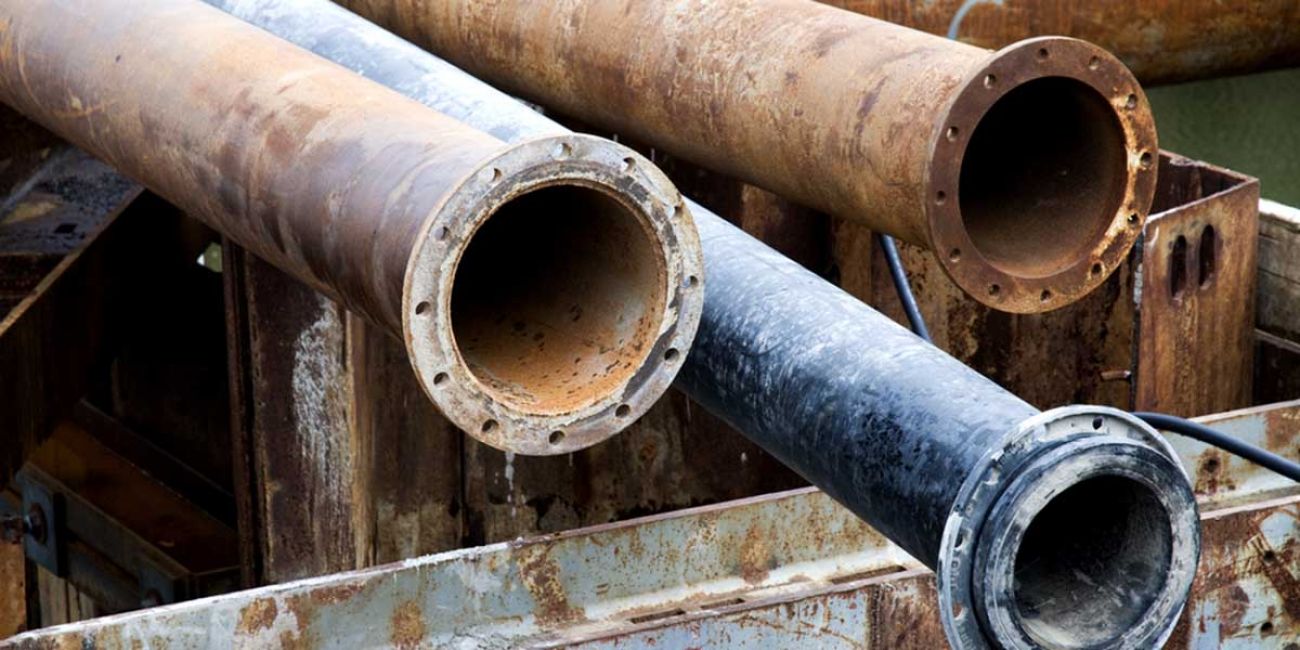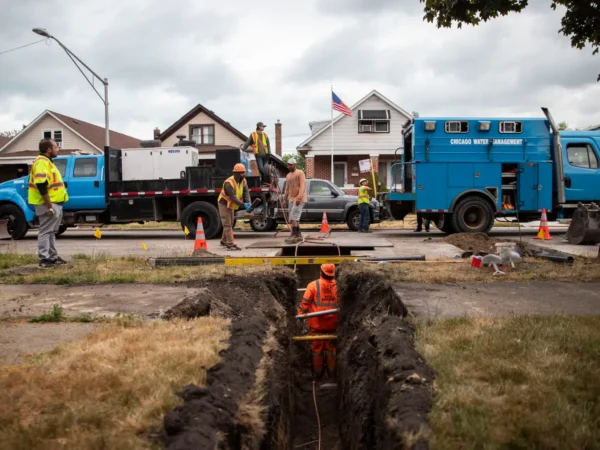
By Enrique Saenz, Indiana Environmental Reporter
Citizens Energy Group announced it would begin a multi-year program to replace thousands of lead service lines owned by its customers.
The company said it received an order from the Indiana Utility Regulatory Commission granting it permission to launch a five-year, $22.7 million effort to replace customer-owned lead service lines at about 2,500 homes.
“We are excited to launch our lead service line replacement program,” said Citizens Energy president and CEO Jeffrey Harrison. “Citizens has no active water mains containing lead, and this program is designed to eliminate any lead piping owned by customers between the water main and the customer’s home. This program will help minimize lead exposure risk to customers with these legacy piping materials.”
Citizens Energy Group said between 55,000 and 75,000 homes and businesses built before 1950 in the Indianapolis area may have lead service lines or lead plumbing. Fully replacing those customer-owned lines would cost about $490 million, according to the company.
The effort is part of a recent update to the U.S. Environmental Protection Agency’s Lead and Copper Rule, which requires all water utilities to develop lead service line replacement programs by Oct. 16, 2024.
Citizens Energy said the program would cost most customers an extra 50 to 75 cents on their monthly bills for the current effort, but the cost could be reduced and the number of lines replaced per year accelerated if the company receives federal funding for the effort.
The EPA recently received $43 billion in water infrastructure funding through the 2021 Infrastructure Investment and Jobs Act, $15 billion of which is allocated for lead service line removal under the Drinking Water State Revolving Fund, federal funding disbursed by states that gives grants or low interest loans for water infrastructure funding.
The Indiana Finance Authority disburses SRF funds in Indiana. The IFA has not yet received IIJA funding. The agency has a Lead Line Replacement Initiative, which offers a reduced interest rate incentive for communities that add the line replacement as part of their SRF projects, but the agency will only finance projects that replace the entire service line.
Catch more news at Great Lakes Now:
Water executive tells cities to “get creative” when it comes to replacing lead service lines
The Catch: Benton Harbor’s lead pipes and the plan to replace them
Featured image: Lead service lines in old cities’ drinking water systems are far from the only culprit contributing to childhood lead exposure in Michigan. Paint flakes and dust are the leading sources of lead poisoning. (Bridge file photo)
1 Comment
-
Develop a clear and concise communication plan: This plan should include information about the importance of replacing lead service lines, the steps involved in the process, and the timeline for completion. The plan should be communicated to residents, stakeholders, and local officials through various channels such as mailings, social media, and community meetings.




